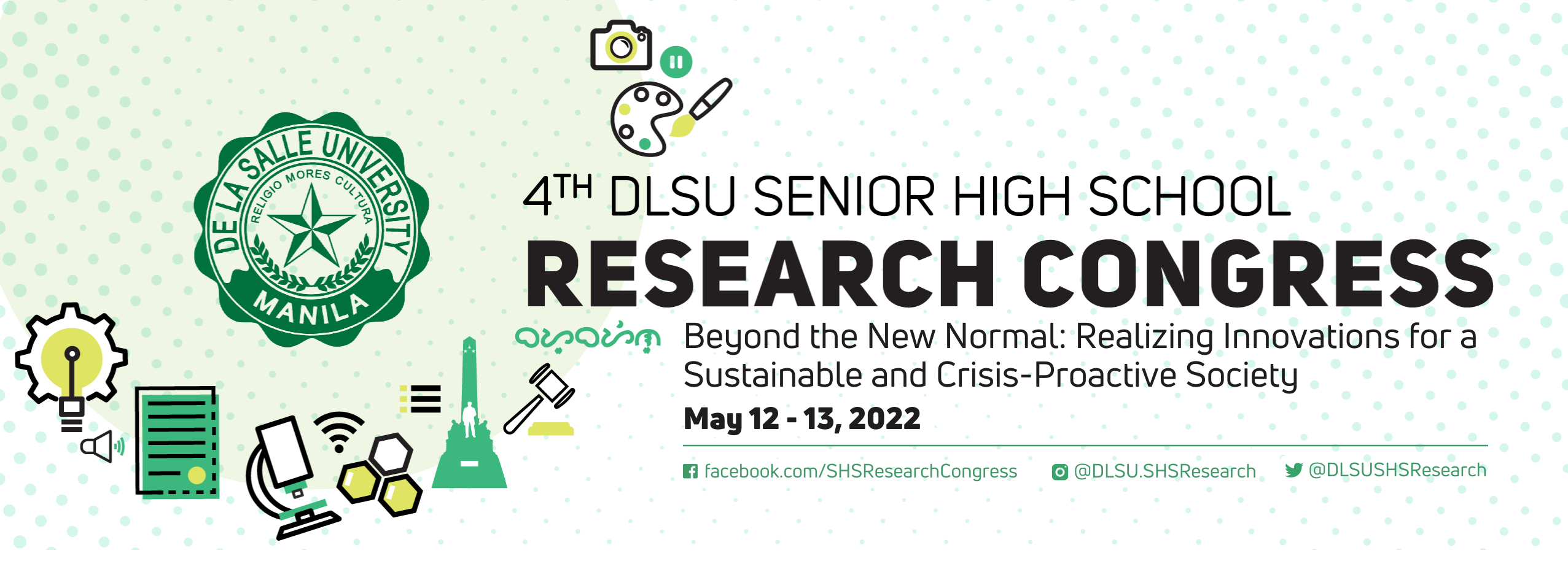Document Types
Arts and Design Research Presentation
Research Advisor (Last Name, First Name, Middle Initial)
Kerwin Lawrence Octavo
Start Date
12-5-2022 1:00 PM
End Date
13-5-2022 12:00 PM
Abstract/Executive Summary
The use of animals in clothing is a practice that has always been part of human civilization. Although originally used as a way to warm and clothe bodies, animal products, such as fur, leather, and feather, have transcended their original practical purposes and have become both a status symbol and an integral aesthetic code in fashion. The prominent use of animal products in fashion has not only led to the violation of animal rights but has also directly contributed to the damage to our environments and the well-being of workers. Under a capitalistic system, the commodification of animals, the environment, and workers in the fashion industry no longer serve any other purpose but to generate profit and to satisfy the vanity of the bourgeoisie. With this study and its artwork, the researcher aims to find out how fashion design, a medium that is rarely used to address animal rights issues, can narrate the issue of animal cruelty to a Filipino Gen Z audience, a demographic known for its heightened interest in fashion. The artwork will be comprised of three looks, each illustrating different forms of animal cruelty in fashion (fur, leather, and feather). A pre-test and post-test interview showed that a fashion collection was able to influence the stances and perceptions of the Filipino Gen Z audience on the issue of animal cruelty.
Keywords
Animal Exploitation; Generation Z; Fashion Industry; Marxism; Sustainability
Research Theme (for Paper Presentation and Poster Presentation submissions only)
Design and Applied Arts (DAA)
Included in
Faux: An Overview of Animal Exploitation in the Fashion Industry
Mutien Marie Virtual Auditorium 1
The use of animals in clothing is a practice that has always been part of human civilization. Although originally used as a way to warm and clothe bodies, animal products, such as fur, leather, and feather, have transcended their original practical purposes and have become both a status symbol and an integral aesthetic code in fashion. The prominent use of animal products in fashion has not only led to the violation of animal rights but has also directly contributed to the damage to our environments and the well-being of workers. Under a capitalistic system, the commodification of animals, the environment, and workers in the fashion industry no longer serve any other purpose but to generate profit and to satisfy the vanity of the bourgeoisie. With this study and its artwork, the researcher aims to find out how fashion design, a medium that is rarely used to address animal rights issues, can narrate the issue of animal cruelty to a Filipino Gen Z audience, a demographic known for its heightened interest in fashion. The artwork will be comprised of three looks, each illustrating different forms of animal cruelty in fashion (fur, leather, and feather). A pre-test and post-test interview showed that a fashion collection was able to influence the stances and perceptions of the Filipino Gen Z audience on the issue of animal cruelty.


